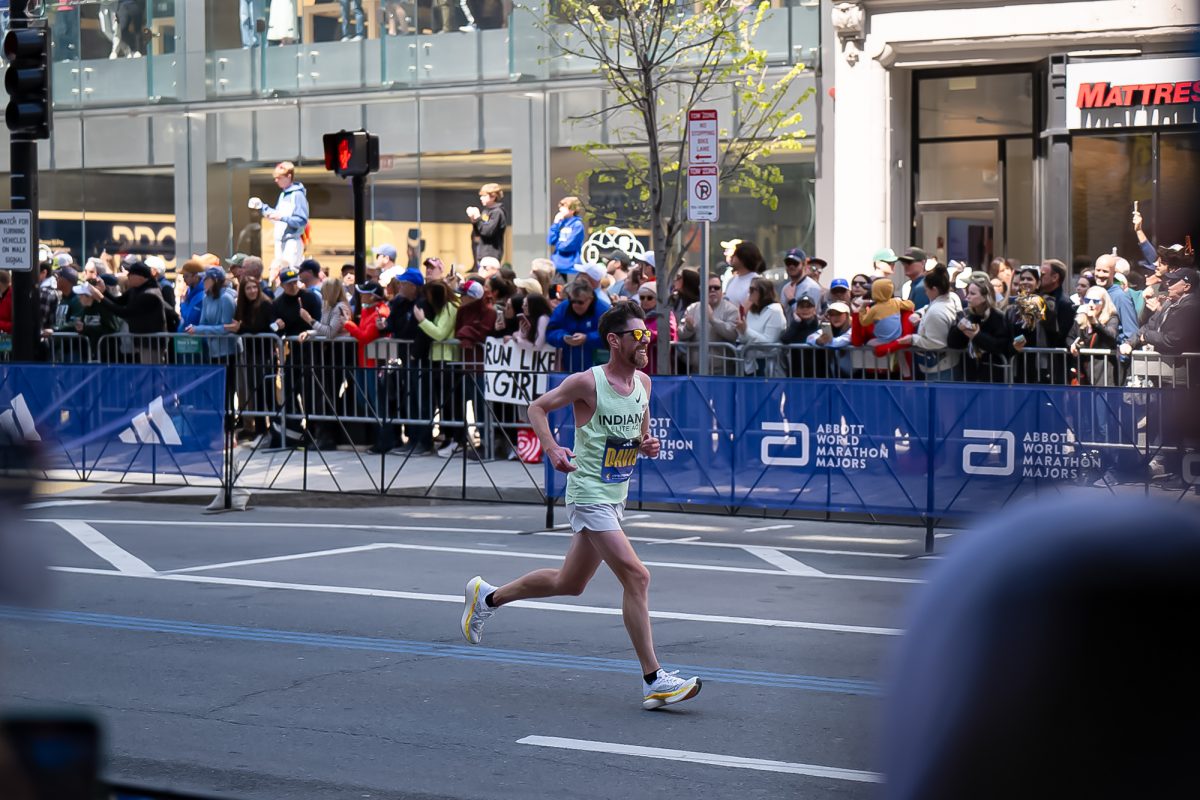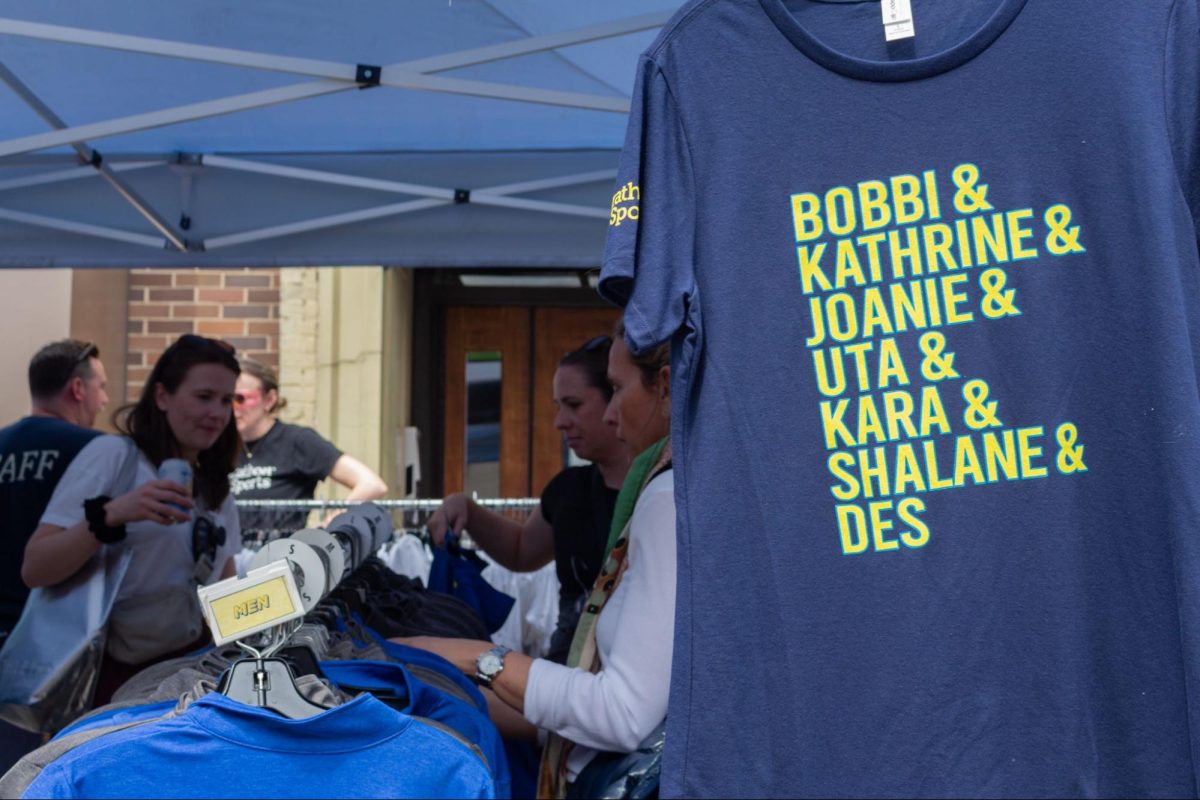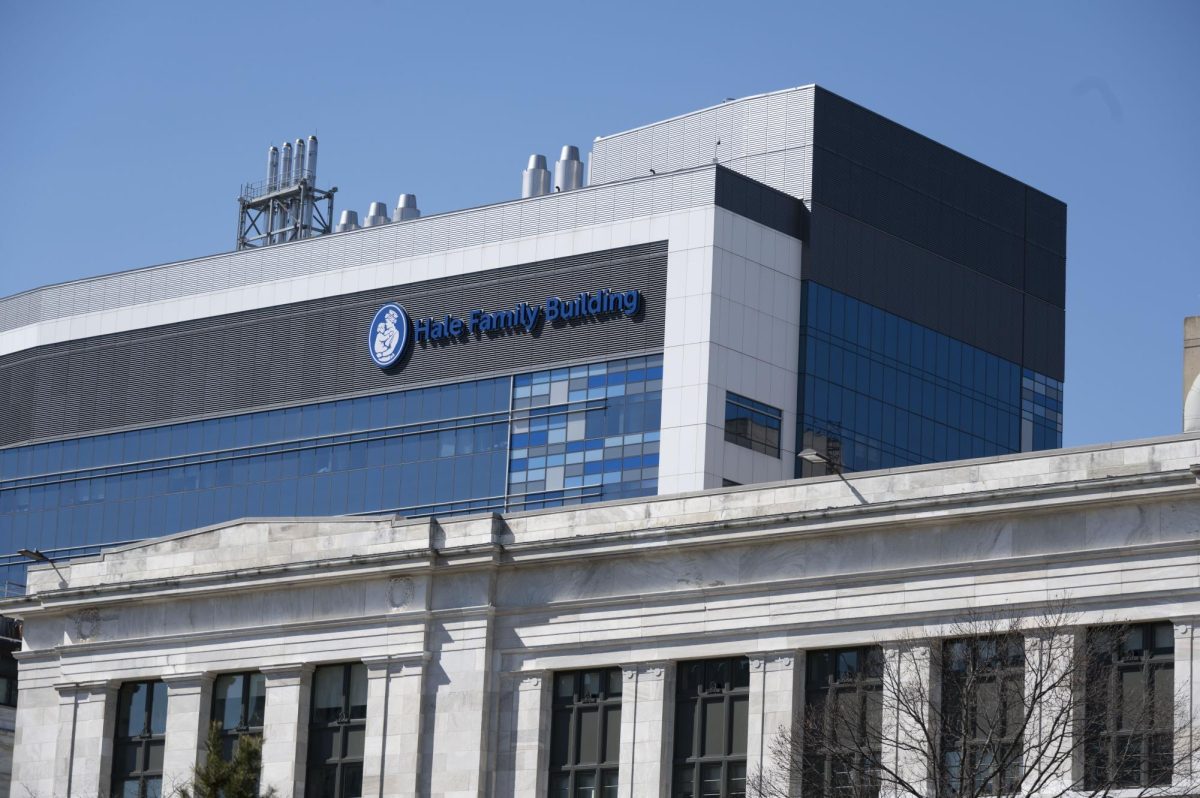By Alex Eng, deputy city editor
The New England Historic Genealogical Society (NEHGS) is digitizing thousands of documents of the Roman Catholic Archdiocese of Boston from 1789 to 1900. On Tuesday, the archdiocese and the NEHGS opened an online database of scanned images of the sacrament records online.
Since last December, NEHGS has scanned 50 out of around 900 volumes of old records of baptisms, marriages, confirmations and holy rites, each delivered to its office in boxes by the archdiocese.
“It’s going to take several years to complete the entire Archdiocese’s project,” said NEHGS Director of Digital Strategy Claire Vail. “[The Archdiocese] keep finding more volumes as well. They say, ‘We’ve found more volumes in the dust, and we’ll be shipping these to you as well.’”
A team of three full-time database team managers and 50 volunteers at NEHGS work to analyze, scan, catalog, upload and transcribe received records. The project’s purview includes 155 parishes within the Archdiocese of Boston, even those that no longer exist.
The records hold special historical importance since U.S. counties and states were not required to keep records of birth and death certificates prior to the late 1800s, said NEHGS Director of Marketing Jim Power.
“There you have a record, although it might be quite brief and incomplete, of a date or a complete name, and a lot of interesting information all of a sudden becomes available to tell the story of an individual or ancestor or relative,” he said.
Vail said the records also show important demographical and historical trends throughout history.
“This [project] tells the fascinating story of immigration of different ethnic groups to New England,” she said. “The communities they forged were around their religion, in most cases.”
The impetus for the project came in November 2014, when Thomas Lester started as an archivist and records manager for the Archdiocese of Boston and found the volumes there to be of exceptional value and in need of preservation.
“It was immediately evident that this was probably the most comprehensive collection of gathered data in terms of numbers of people in the parishes and official church use. A lot of these books were in rough condition,” Lester said. “My initial intent was to preserve information by having a digital image and being able to read what’s in all the records in another format.”
Moving forward, Lester considered a few options before contacting NEHGS and establishing a relationship with its archiving team. They reached an agreement on the project in August and approved it with the church by November.
Lester said he and one other archivists at the Archdiocese receive thousands of requests from researchers for the records in their archives. The records they send to NEHGS come from parishes all over Boston.
Some of the documents are written in Latin or other foreign languages. NEHGS trains its volunteers on document handling and refers the more fragile documents to its conservation lab, where mismatched or damaged paper containing important information is reconstructed into useful formats.
“With the books that are in good condition, we just scan them face down. With the books that are in poor condition, it’s actually easier when our conservation labs have taken them apart,” said NEHGS Digital Database Coordinator Molly Rogers.
Next, scanned documents are catalogued and uploaded to the archive’s website. Then volunteers view the images and transcribe data into spreadsheets, categorized by the recorded person’s first and last name, date of record and names of present witnesses.
Once complete, those spreadsheets can be used to create a database where users can find specific records by typing in relevant keywords.
Although NEHGS had no estimate for when the database would be complete, Powers said that more funding and volunteers would expedite the project.
“Thanks to the media coverage, we’ve received some people offering to volunteer their services for transcription,” Powers said. “We’re looking for more volunteers; that would also speed up the delivery date for delivering our content online.”
Photo courtesy NEHGS, Facebook









